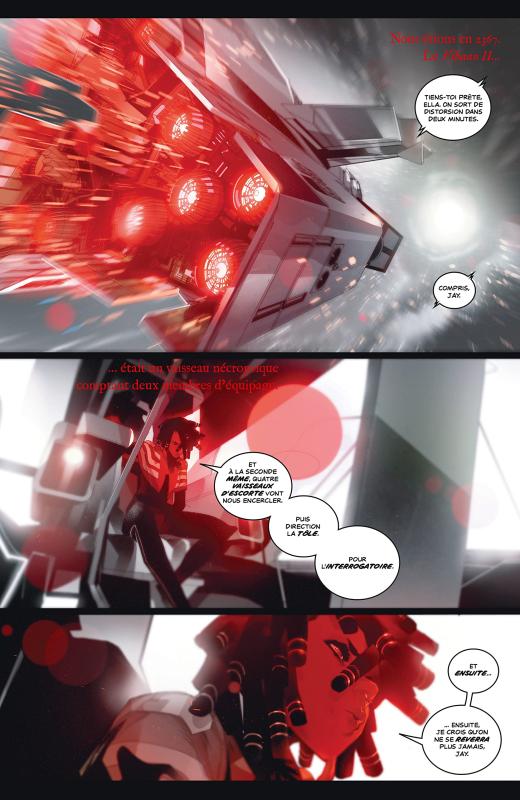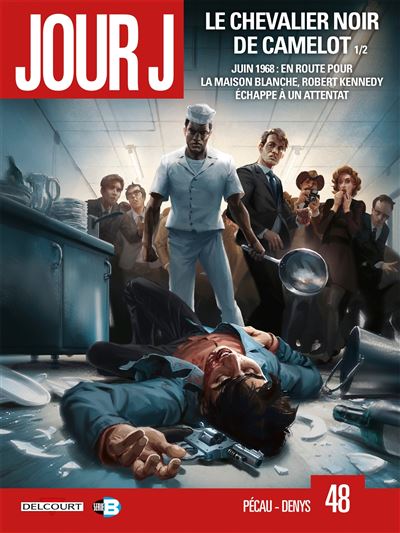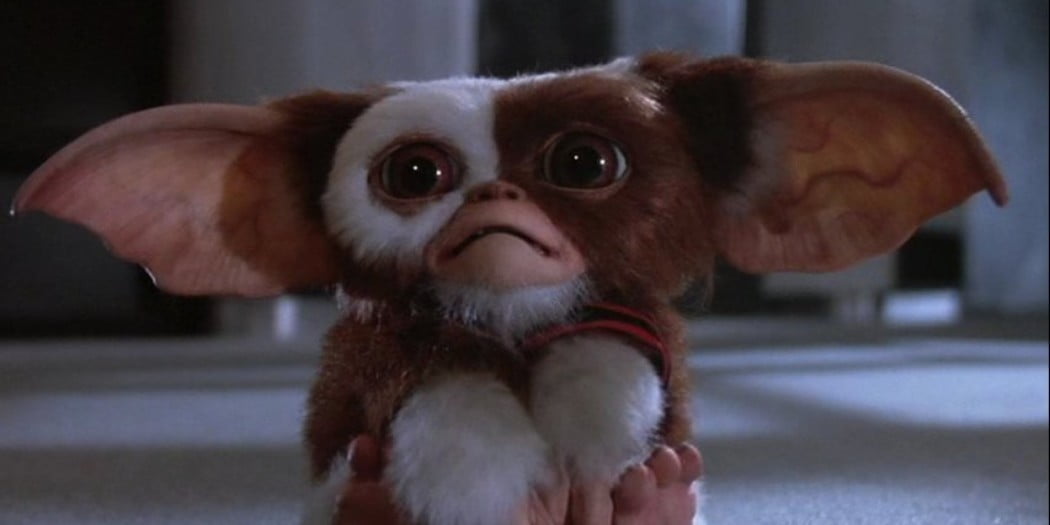The incredible world of We Only Find Them When They're Dead extends into this second volume. You are tired of fundamentalists of all stripes, how about eating a god?
A negotiation at the foot of a god
This sequel to We Only Find Them When They're Dead is not a sequel but a leap into the future. The action begins in 2414 and therefore fifty years after the end of the previous volume. Captain Malick was able to enter the world of the gods. If he could not return alive, his body returned in a gigantic form. The universe is turned upside down with the appearance of different sects. For the Worshippers, the Reapers must stop exploiting the bodies of the gods. At the edge of civilization, Malick's Flight is a ring of space stations around Malick's body. However, the energy crisis is getting stronger. The dead gods or goddesses no longer appear, there is a lack of sacred crystal to operate the robots. Marlyn Chen, an ambassador of the Internal Worlds comes to negotiate peace. Well, you might think so…
We Only Find Them When They're Dead quietly disrupts the habits of sf. A woman is at the center of this volume after a middle-aged gay man. Chen represents the last chance for his government but also for the universe. Alas, the solution seems far away because everyone lies and acts according to their interests and not ideals.
The purest are the religious but they are totally obtuse and kill if we deviate from the dogma. In the early days of We Only Find Them When They're Dead , religion gave way to science. Here it is the opposite. The Worshippers refuse technology. For Black Bristow, the world was damned for butchering the gods. Al Ewing introduces nuances between the clerics following a schism. The disciples of the Flight honor Captain Malick's example as a man. On the contrary, the Malickists deified him. These radicals killed to protect their god and refuse any nuance. Language is affected by this religious change. The hateful words about eating meat from the gods are reminiscent of some fanatical vegans. Hearing the words spoken by the gods makes you sick. Malickists are monotheistic while worshippers are polytheistic. They want to protect the corpses of all the gods.
Back to the future of the future
This new volume of We Only Find Them When They're Dead also poses a problem for screenwriter Al Ewing and artist Simone di Meo: how to represent the future of science fiction? They do admirably by avoiding one-upmanship. The private shuttle with Ambassador Chen is run by artificial intelligence and further away the judiciously placed engines will do a better job than Hercules. This passage could not be credible without the talent of Simone di Meo. Despite the temporal complexity and the many characters, the reading is very readable. His drawing is still breathtaking because these splendid double-pages of spatial landscapes. Strengthening the links with cinemas, the layout is structured around horizontal rectangular boxes as in CinemaScope. Illustrating the fanaticism of this period, the colorization chooses a very present blood red. Either we are immersed in another world, or we are excluded.
More generally, We Only Find Them When They're Dead is a series about time. After the multiple time travels of the first volume, this second volume may seem more linear but questions of the past, memory and heritage remain at the center. Captain Malick survives by memory making him a legend. We are also in the memory of the first volume. A return to the past bridges the gap between the two volumes. Jason Hauer, the last surviving member of Captain Malik's crew, returns. Malick's boyfriend became a chosen one because he knew the savior. In the station of the Worshippers, he leads a luxurious life as a prisoner.
In this second volume, We Only Find Them When They're Dead asserts itself as a radical science fiction tale. Rather than offering a linear narrative around a few characters, Al Ewing and Simone di Meo change era and theme in each book. However, everything takes place in the same universe and given the depth of it, the reader is eager to see the sequel arrive.
You can find on these links the chronicles on Ninja Turtles and Power Rangers of the same cartoonist and Invisible Kingdom another science fiction series at HiComics.















![[Live Report] Rock En Seine 2024 : 20 ans et toujours aussi passionnés !](https://www.justfocus.fr/wp-content/uploads/2024/11/RES24_JOUR01_LANA-DEL-REY_LOUIS-COMAR-12.jpg)
























